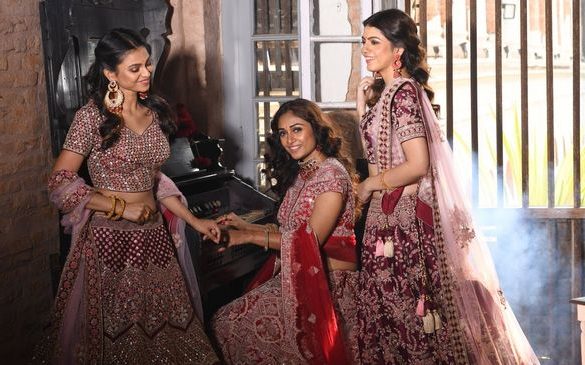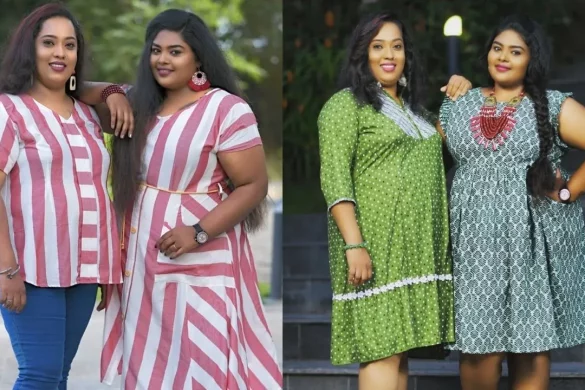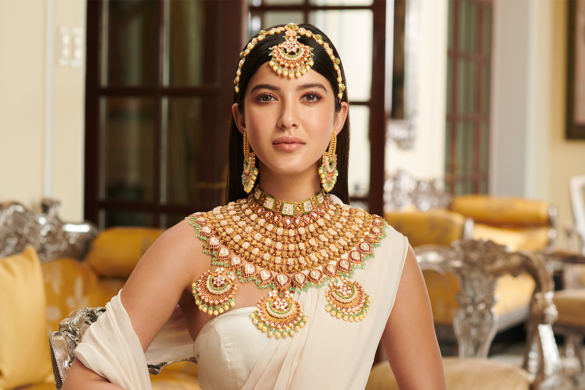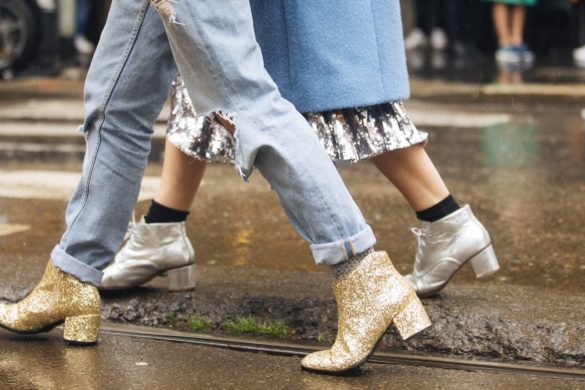There’s only one industry that evolves more than tech – the fashion industry. We’ve all heard the term “that’s so last season”, which speaks to how quickly trends can change. For people working in the world of fashion, this is equally exciting and challenging.
People who work in fashion must constantly stay on top of trends to stay up-to-speed. If not, they’ll get left behind and risk becoming somewhat irrelevant. Here’s a closer look at what affects fashion trends and how to predict them so you can gain the skills needed to survive in this fast-paced industry.
Getting Accepted Into a Graduate Fashion Program
Participation in graduate fashion programs doesn’t just prepare you for the business side of the industry. You’ll make unparalleled connections with industry professionals who are helping shape the latest fashion trends. You’ll learn more about the businesses that are creating the clothes and who is selling them.
Top fashion programs also teach students how to predict fashion trends using theoretical knowledge and an understanding of what influences customer engagement. Another unique aspect is looking at fashion on a global scale. Fashion trends can be regional but fashion is a thing that transcends cultures and can cross borders.
Social Media
Celebrities and social influencers are a force to be reckoned with in the fashion world. A single Instagram post can cause a new trend to take hold overnight. Take Kylie Jenner for example. She has over 111 million followers that pay careful attention to what she wears and emulate her style. It’s no surprise that numerous designers have partnered with Jenner in hopes of capitalizing on her social media influence. Recently, Forbes did a piece on Jenner for their billionaire women edition and noted the power of extreme celebrity leverage.
The unique aspect of social media is its real-time nature. It’s been a huge reason why fashion trends don’t just change from season to season but from month to month.
Coolhunting
Years ago there was something in fashion known as coolhunting. Actually, it was a tactic for a variety of industries that wanted to appeal to the young and fashionable. Essentially, coolhunters were paid to beat the streets to see what people were wearing and report back to their respective design houses.
Coolhunting gives designers (and other fashion insiders) a better understanding of what appeals to everyday people, which trends are really taking hold and interesting fashion ideas that haven’t been popularized yet. It’s a really great tactic for analyzing fashion trends among college boys since they’re less likely to post outfit pics on social media.
Fashion Weeks
For decades, fashion weeks around the world have helped to establish the top trends for the upcoming season. This is when top designers showcase their latest looks for the world. Magazine editors, celebrities, and socialites line the runways to be the first to snap up couture clothes. And these people get front row seats for a good reason – they’ll help the designers get the word out about their new collection.
New York Fashion Week and Paris Fashion Week are among the biggest events and they go far beyond live runway shows. You no longer have to get a coveted seat at the runway shows to get a peek at the latest looks that are about to become big trends. Major television networks and cable channels give viewers a backstage pass. Social media is also used by designers and fashion insiders to give followers a taste of what’s to come.
Whenever a fashion week is happening that’s the time to get connected so you’re among the first to see what’s in the pipeline for next season.
No matter how you keep on top of fashion trends, understand that it’s an evolving thing that’s highly personalized. There can be a million variations on a single trend, and that’s where the opportunity for personalization comes into play for both individuals and brands. As a fashion insider, you’ve got to identify the trends and ways to put a unique spin





